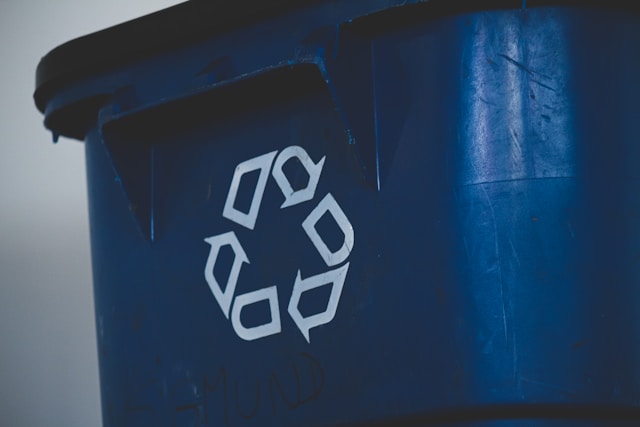Blue bins lined Toronto’s curbs last Tuesday, their familiar hue concealing a storm of numbers and negotiations. While neighbours sorted milk cartons from mail flyers, far above, provincial officials and industry leaders weighed the economics of a recycling system on the brink of upheaval.
Ontario’s blue box program has long stood as a symbol of community participation in environmental stewardship. Yet in recent years, the price of that symbolism has ballooned. The transition, begun in 2023, to a system where producers — the companies that make and package goods — foot the bill for recycling was meant to drive accountability and innovation in packaging. Instead, the scheme has sparked a tug-of-war between rising costs and wavering commitments.
The logic seemed sound. Make those who design the packaging pay to have it recycled and, in theory, they’ll use less or choose materials that are easier to reclaim. But the economics have proved stubborn. The Retail Council of Canada points to a staggering 350 percent jump in producer costs over three years, projecting another near-doubling if rules continue unchanged into 2026. Provincial estimates warn blue box collection costs could more than double by 2030. These increases, officials admit, were never anticipated when the regulation was first drafted.
In response, Premier Doug Ford’s government is proposing to delay enforceable recycling targets and soften rules about who and what must be collected. Flexible plastics, notorious for escaping recycling lines, would see their targets both pushed back and pared down. According to Michael Zabaneh of the Retail Council, the complexity has only deepened with multiple organizations administering producer responsibilities, fragmenting accountability and driving up costs. Meanwhile, environmental advocates warn that rolling back these measures gives producers a pass and risks swelling landfill volumes.
Beneath the policy jargon, a fundamental question persists: does spending more guarantee greener outcomes? Current data is elusive, with various groups lamenting a lack of transparency and solid reporting. As one retail council leader put it, “We’re all in the blind.”
For Ontario residents, the blue box remains a weekly ritual. The economics behind it, however, are anything but routine. Today’s debate is not just about who pays but whether the system as built can deliver on its environmental promise, or if more costly lessons lie ahead.
References:
Ontario proposes to weaken impending new recycling rules over costs to producers

